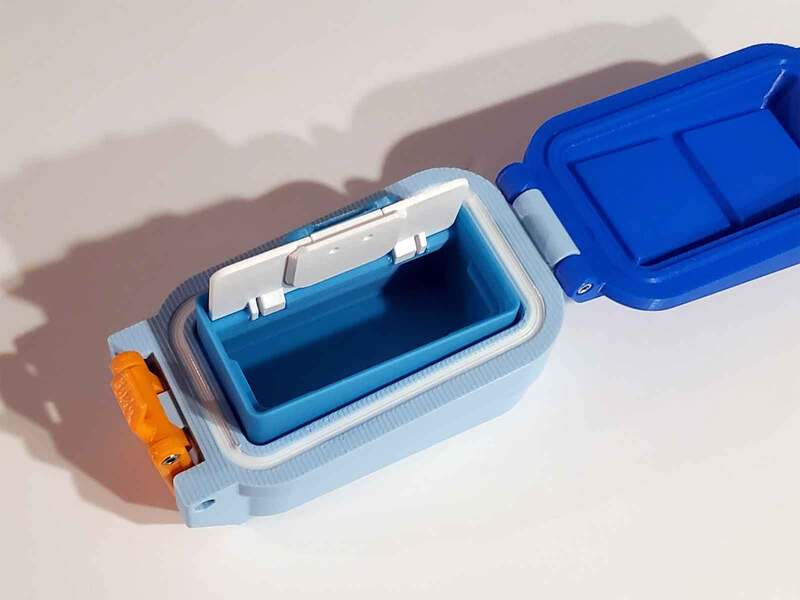Somebody asked on Reddit a while back, if they should scale Gridfinity to work with an Ikea Alex, and I suggested that they would be throwing away the key benefit of the system (interchangeability of bins). It did not occur to me at the time, but I use a non-standard system for my Alex drawers almost every day (though it's not Gridfinity based). That revelation popped into my head while I was going through some of my old designs, and realized that I never posted one for an Ikea Alex drawer organizer. I designed it back in late 2021, but it seemed to get abandoned (sorry, it happens). It may have been dropped because I started working on something else, or possibly I thought there was something better out there. I mentioned at the time that Thingiverse was having problems, and I recall that some of those issues resulted in the frustrating loss of all my work as I was attempting to post a design there (though I don't recall which design that happened to). Anyway, I don't recall why it was not posted, probably I just got busy.
The organizer is based on a 58mm cube size, so they are rather large, but they fill the Alex drawers up, and use 50 or 100mm tall bins. I also noticed that a 4x4 Gridfinity grid fits within a 3x3 grid of the 58mm based system with 6mm to spare, so it seems possible to make a bit of a hybrid system, or a drop in Gridfinity adapter for a 3x3 to 4x4 grid. An adapter would waste 3mm of space all the way around the 4x4 Gridfinity grid however (about 7% of the area), but it could be worth it.
I don't mind prepping the files and posting the models, but before I consider that, I'm questioning if it's worthwhile. With Gridfinity out there, all other "systems" seem redundant. And I have to bet that in the almost 3y since I made mine, there must be something better out there for Alex drawer organizers. I'm gonna poke around Printables and Thiniverse to see what's out there before I spend the time to organize the bins and set up the files to post. I don't know if the world needs another grid-bin system (Gridfinity is really the best out there).





















































































































 RSS Feed
RSS Feed
